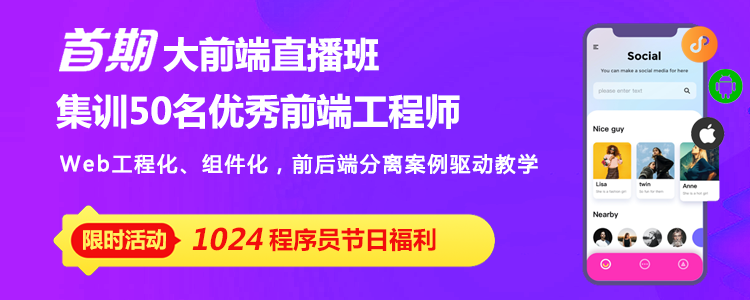
通过Input和Ouput传值
父组件:html和ts
<app-liftcycle [name]="name" (changeName)="changeName($event)"></app-liftcycle>
public name: string = "jack";
public changeName(value: string) {
this.name = value;
}子组件:html和ts
<div (click)="emit()">{{name}}</div>import { Component, Input, EventEmitter, Output } from '@angular/core';
@Input() name: string;
@Output() changeName: EventEmitter<string> = new EventEmitter<string>();
public emit() {
this.changeName.emit("修改name属性");
}【相关教程推荐:《angular教程》】
通过setter监听属性的变化
父组件同上,子组件:
private _name: string = "";
@Input()
public get name(): string {
return this._name;
}
public set name(value: string) {
this._name = value + "定义结构";
}通过ngOnChanges钩子函数监听输入属性的变化
ngOnChanges在监听多个属性的时候,要比setter的方式简便一些。
@Input() name: string;
ngOnChanges(changes: SimpleChanges): void {
(({name}) => {
console.log(name.currentValue,name.previousValue);
})(changes);
}父组件html中通过模板变量调用子组件的方法和属性。
模板变量获取了子组件的一个引用。 父组件:
<app-liftcycle #child></app-liftcycle> <button (click)="child.childFn()">按钮</button>
子组件:
public childFn() {
console.log("通过模板变量调用子组件中的方法");
}父组件通过ViewChild获取子组件实例
<app-liftcycle [name]="name" (changeName)="changeName($event)" #child></app-liftcycle> <button (click)="childFn()">childFn</button>
@ViewChild("child") child: LiftcycleComponent;
public childFn(): void {
this.child.childFn();
}通过service进行通信
service:
import { Subject } from 'rxjs';
import { Injectable } from '@angular/core';
@Injectable({
providedIn: 'root'
})
export class CommunService {
constructor() {}
public commun = new Subject<string>();
communSend() {
this.commun.next("send");
}
}父组件:
constructor(private commun: CommunService) { }
public send(): void {
this.commun.communSend();
}子组件:
constructor(private commun: CommunService) {
this.commun.commun.subscribe((value) => {console.log(value)});
}父组件传递方法
父组件通过属性传递给子组件方法,子组件进行调用,一般不推荐,React采用这种通信方式。 可能是基于this的绑定错综复杂,所以angular不太推荐。React Hooks的出现也有一部分原因 是class类的this错综复杂。 父组件:
<app-liftcycle [send]="send.bind(this)"></app-liftcycle>
public name: string = "jack";
public send(): void {
console.log(this.name);
}子组件:
<button (click)="childSend()">childSend</button>
@Input() send: Function;
public childSend() {
this.send();
}更多编程相关知识,请访问:编程视频!!
以上就是Angular父子组件间怎么进行通信?父子传值的方式浅析的详细内容,更多请关注php中文网其它相关文章!



















